Choosing between LED and neon signs comes down to more than just aesthetics. If brightness is your priority, you must understand which technology stands out.
LED signs are brighter than neon signs due to their higher lumen output and focused light emission. LEDs shine more efficiently and are more visible from longer distances.
There’s more to the LED vs. neon debate than just brightness. Let’s dive into other factors like energy efficiency, maintenance, and cost to help you make the right choice.
Neon Signs: Classic Appeal with a Dimmer Glow
Neon signs have a long history of lighting up streets and storefronts. They work by passing an electric current through gas-filled tubes, causing the gas to glow. This method produces a warm, nostalgic light that has been a staple in businesses for decades.
Advantages of Neon Signs
- Aesthetic Appeal: Neon signs are iconic. Their soft, warm glow evokes a sense of nostalgia, making them perfect for businesses looking to create a retro or artistic vibe. The unique light quality of neon can’t be easily replicated, giving it a timeless appeal.
- Temperature Resistance: Neon signs are surprisingly resilient. They can withstand both high and low temperatures, making them suitable for a wide range of environments. Whether in the sweltering heat or biting cold, neon signs maintain their performance without overheating or malfunctioning.
- Custom Color Options: Neon signs offer various colors, achieved by using different gases. From deep blues to bright pinks, the color possibilities are vast, allowing for unique, eye-catching designs. This versatility in color makes neon a flexible choice for custom signage.
Disadvantages of Neon Signs
- Higher Energy Consumption: Neon signs require a significant amount of electricity to operate, using high voltage to maintain their glow. This results in higher energy costs over time, making them less efficient compared to modern alternatives like LEDs.
- Maintenance Issues: Neon signs are not maintenance-free. The gas inside the tubes needs to be refilled periodically, and the glass tubes are fragile, and prone to breaking. This can lead to costly repairs and replacements, adding to the overall expense of using neon signs.
- Lower Brightness: Despite their charm, neon signs are not as bright as LEDs. Their light is more diffused, which means they’re less visible from a distance, especially in well-lit areas. For businesses that need maximum visibility, neon may fall short.
LED Signs: Bright, Efficient, and Modern Lighting
LED signs have revolutionized the signage industry with their bright, efficient, and versatile lighting. Using light-emitting diodes, LEDs offer a more focused and intense light output, making them a popular choice for businesses seeking modern signage solutions.
Advantages of LED Signs
- Superior Brightness: LED signs are significantly brighter than their neon counterparts. Their higher lumen output ensures that they are visible even in broad daylight, making them ideal for locations where visibility is crucial. Whether it’s day or night, LED signs can attract attention from afar.
- Energy Efficiency: One of the biggest advantages of LED signs is their energy efficiency. LEDs consume much less power than neon signs, translating to lower electricity bills. This efficiency also means that LED signs have a smaller environmental footprint, making them a greener choice.
- Low Maintenance: LED signs are built to last. With lifespans of up to 50,000 hours, they require little to no maintenance. Unlike neon signs, there’s no need for gas refills or delicate handling. This durability reduces the long-term costs associated with keeping your sign in top condition.
- Durability and Safety: LED signs are robust. They’re resistant to breakage and don’t contain hazardous materials like mercury, which is common in neon signs. This makes them safer to use, especially in public or outdoor spaces. Plus, LEDs generate very little heat, reducing the risk of fire hazards.
Disadvantages of LED Signs
- Higher Upfront Costs: LED signs are generally more expensive to purchase initially. However, this cost is often offset by energy savings and reduced maintenance expenses over time, making LEDs a cost-effective option in the long run.
Neon vs. LED: Key Comparisons
Brightness and Visibility
In the realm of signage, brightness plays a pivotal role in ensuring that your message is not only seen but also stands out in a crowded visual landscape. LEDs have revolutionized the way we think about brightness in signs. These tiny, yet powerful light-emitting diodes produce a concentrated and intense light that far surpasses the diffuse, softer glow of neon. LED signs typically offer brightness levels that are several times higher than traditional neon signs, making them the preferred choice for businesses that require high visibility.
This brightness difference is particularly noticeable in environments with high ambient light, such as busy city streets or brightly lit shopping malls. Here, the sharp, focused light of an LED sign can cut through the visual noise, ensuring that your sign captures the attention of passersby. On the other hand, while neon signs possess a certain nostalgic charm, their brightness simply can’t compete in such challenging conditions. Their light is spread over a larger area and lacks the intensity needed to stand out in brightly lit environments.
Visibility is crucial for signs, particularly in less-than-ideal lighting conditions. Whether it’s during the day, at night, or in adverse weather conditions like fog or rain, your sign needs to be visible to fulfill its purpose. LEDs excel in this regard, offering superior performance across all conditions.
In bright daylight, the high brightness of LED signs ensures they remain visible, making them ideal for outdoor use. At night, LEDs provide crisp, clear visibility without the fuzziness that can sometimes be seen with neon. Furthermore, in conditions like fog or rain, where visibility is reduced, the powerful light of an LED sign can cut through, ensuring that your message is still visible. Neon signs, with their softer glow, tend to become less effective under these conditions. The diffuse light they emit struggles to penetrate fog or compete with the brightness of surrounding lights, which can significantly diminish their effectiveness as a signage solution in challenging environments.
Maintenance Requirements
Neon signs, while visually appealing, come with a host of maintenance challenges. The glass tubes that house the neon gas are fragile and prone to breaking, especially in areas with high traffic or outdoor environments where they may be exposed to the elements. Even without breakage, the neon gas inside the tubes degrades over time, necessitating periodic refilling or even replacement of the tubes. This maintenance can be both costly and inconvenient, often requiring the expertise of a specialist to handle the delicate glasswork and the hazardous materials involved.
Beyond the physical upkeep, neon signs also require consistent electrical maintenance. The high-voltage transformers needed to power neon signs are subject to wear and tear and can fail, leading to additional repair costs. For businesses, this means not only higher ongoing expenses but also potential downtime when the sign is out of commission, which can impact visibility and brand presence.
LED signs, on the other hand, are virtually maintenance-free. Their solid-state technology means there are no moving parts or gases to replace, and the diodes themselves are encased in durable materials that are resistant to shock, vibration, and environmental factors like moisture and temperature fluctuations. This durability significantly reduces the likelihood of failures and extends the lifespan of the sign, often up to 50,000 hours or more of continuous use.
This lack of required maintenance translates into cost savings and peace of mind for business owners. With LEDs, there’s no need to worry about frequent repairs or the unexpected expenses that come with maintaining more fragile neon signs. This reliability is a key factor in the growing preference for LED signs among businesses of all sizes.
Cost Comparison
When considering the costs associated with neon versus LED signs, it’s important to look beyond the initial price tag. While it’s true that LEDs typically come with a higher upfront cost, this is offset by the significant savings realized over the long term. The lower energy consumption of LEDs means that monthly operating costs are a fraction of what you would pay to run a neon sign. Additionally, the maintenance-free nature of LED technology means that you’re not facing frequent repairs or replacements, further driving down the total cost of ownership.
For businesses considering a long-term investment, the economics of LED signage make it a smarter choice. Over several years, the energy savings alone can more than pay for the initial higher cost of an LED sign. When you factor in the reduced need for maintenance and the extended lifespan of LEDs, the financial benefits become even more compelling. In contrast, neon signs, with their ongoing maintenance and higher energy use, can become more expensive to operate over time, even if the initial purchase price is lower.
Estetyczny wygląd
Despite the many advantages of LED technology, neon signs continue to hold a special place in the world of signage, largely due to their unique aesthetic appeal. The glow of a neon sign is unmistakable, offering a warm, inviting light that evokes a sense of nostalgia. This vintage charm is particularly appealing in certain settings, such as bars, diners, and retail spaces that want to convey a classic or retro atmosphere.
The soft, diffused light of neon is soothing and draws the eye in a way that’s different from the sharp, bright light of LEDs. For businesses that prioritize ambiance and mood over sheer brightness, neon can be the ideal choice. The colors produced by neon signs are also more muted and organic, adding to their timeless appeal.
On the flip side, LED signs represent the future of signage. With their sleek, modern appearance, LEDs are perfect for businesses that want to project a contemporary image. The crisp, clear light from an LED sign is vibrant and attention-grabbing, making it ideal for modern retail stores, tech companies, and any business looking to stand out in a crowded marketplace.
LED technology also offers greater versatility in terms of design. The ability to incorporate dynamic lighting effects, such as color-changing options and animations, gives LED signs a level of creativity and customization that neon simply can’t match. This flexibility allows businesses to update their signage with new messages or designs without the need for a complete overhaul, making LED signs a dynamic tool for modern marketing.
Environmental Impact of Neon vs. LED
Sustainability and Energy Consumption
The energy efficiency of LED signs is one of their most significant advantages. LEDs consume significantly less electricity than neon signs, which translates directly into reduced operational costs. For businesses that run their signage continuously, this difference can be substantial. Over a year, the energy savings provided by LED signs can add up to a considerable amount, making them the clear winner in terms of energy efficiency.
Moreover, the energy-efficient nature of LEDs means that they require less electricity to produce the same level of brightness as a neon sign. This efficiency is not only good for the bottom line but also reduces the demand for power grids, contributing to a more sustainable energy infrastructure. For businesses looking to reduce their carbon footprint, LEDs offer a practical and impactful solution.
Switching to LED signage can significantly reduce a business’s carbon footprint. The longer lifespan of LEDs means fewer replacements and less waste, while their lower energy consumption directly correlates to a reduction in greenhouse gas emissions. For eco-conscious businesses, this is a key consideration. Every kilowatt-hour of electricity saved by using LED signage instead of neon equates to fewer carbon emissions, helping to mitigate climate change and promote sustainability.
Disposal and Recycling
When it comes to the end of a sign’s life, the disposal of materials is another critical factor to consider. Neon signs, while charming, pose environmental risks due to the hazardous materials they contain. Mercury, often used in neon signs, is a toxic substance that requires careful handling and disposal. Improper disposal of mercury-containing products can lead to environmental contamination, particularly in water sources where mercury can bioaccumulate in fish and other wildlife.
LED signs, in contrast, are much safer to dispose of. They do not contain hazardous gases, and many of their components can be recycled. This makes LEDs a more environmentally responsible choice, reducing the risk of harmful chemicals entering the ecosystem.
LEDs are also easier to recycle than neon signs. Many parts of an LED sign, including the diodes and the plastic housing, can be repurposed or recycled, contributing to a circular economy. This ability to recycle not only helps reduce waste but also supports sustainable business practices. Companies that prioritize sustainability can benefit from the lower environmental impact of LED signs throughout their entire lifecycle, from production to disposal.
Customization and Design Flexibility
Design Capabilities of Neon Signs
Neon signs can be bent into almost any shape, making them ideal for custom designs. Whether it’s unique lettering or intricate shapes, neon’s flexibility in design is unmatched, allowing businesses to create truly one-of-a-kind signage.
While neon offers a range of colors, it’s somewhat limited compared to LEDs. The colors are determined by the type of gas used, which can restrict the design possibilities.
Design Capabilities of LED Signs
LED signs are incredibly versatile. They can be cut, shaped, and arranged in countless ways, allowing for complex and creative designs that aren’t possible with neon. This makes LEDs ideal for businesses that want to push the boundaries of traditional signage.
LED technology also allows for dynamic lighting effects, such as color-changing lights and animations. These effects can create eye-catching displays that grab attention and enhance brand visibility.
Wnioski
In the debate between LED and neon signs, LEDs come out on top in terms of brightness, energy efficiency, and low maintenance. While neon signs offer a nostalgic charm that’s hard to beat, LEDs provide a modern, cost-effective solution that’s better suited for today’s business needs. Whether you’re looking to save on energy costs, reduce maintenance headaches, or create a vibrant, eye-catching display, LED signs are the brighter choice.
In conclusion, LED signs outshine neon with superior brightness, efficiency, and versatility, making them the best choice for modern businesses. As a leading manufacturer of Taśmy LED oraz Elastyczny neon LED in China, Unitop is here to provide top-notch lighting solutions. For inquiries or specific needs, skontaktuj się z nami today—our experts are ready to help your brand shine.

Tom jest obecnie kierownikiem sprzedaży w Unitop (China) Co., Limited. Był w Oświetlenie LED od 2005 roku. Jest ekspertem w dziedzinie sprzedaży i marketingu oraz zarządzania fabryką. Lubi kulturystykę, a także jest szalonym fanem Apple! Jest ciężko pracującym facetem i uwielbia uczyć się i próbować nowych rzeczy.
E-mail: tom@unitopledstrip.com WhatsApp: +86-18680307140

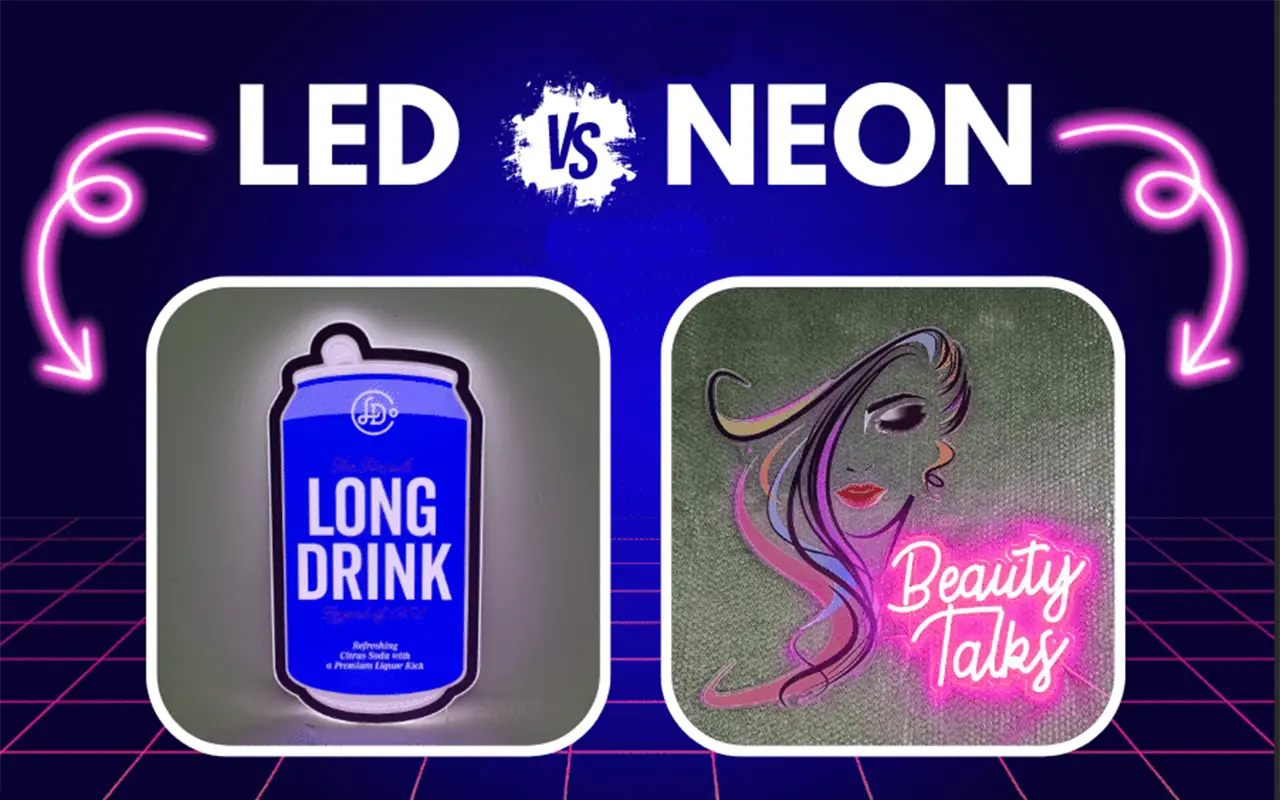
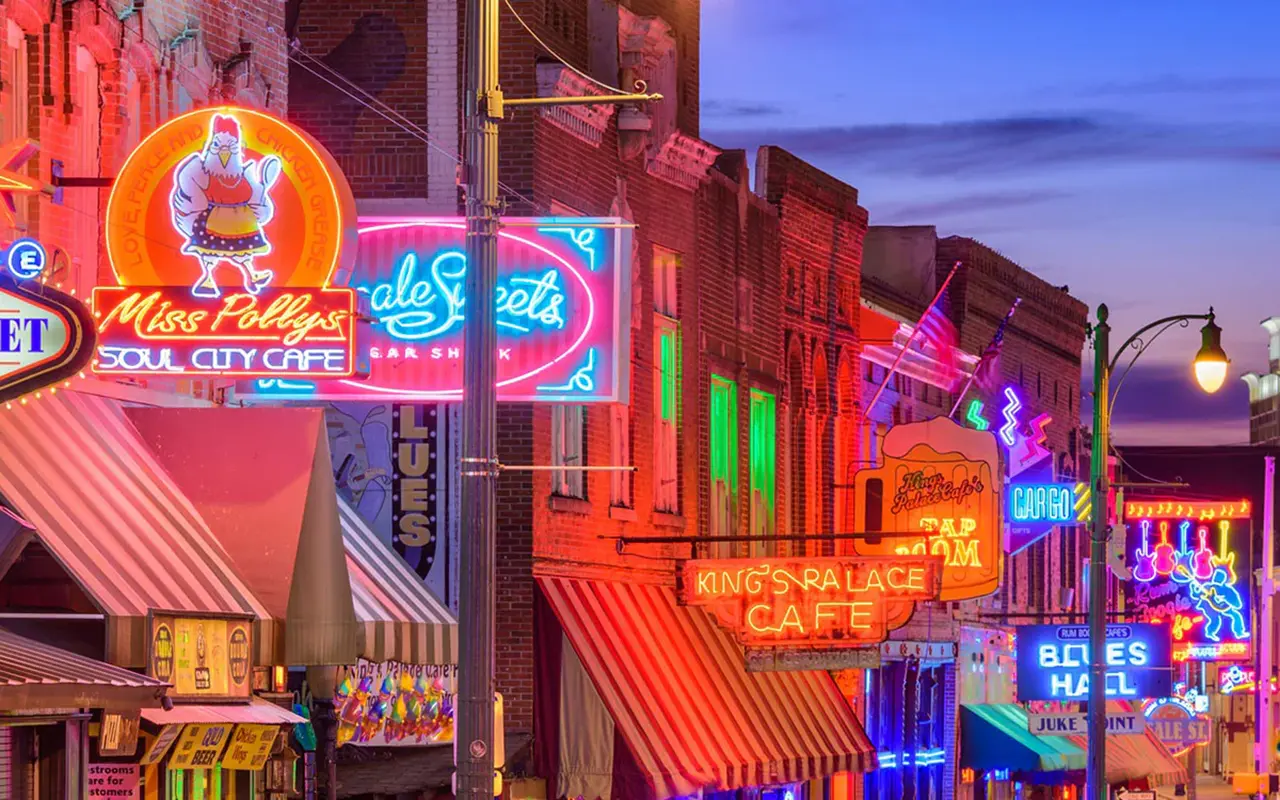
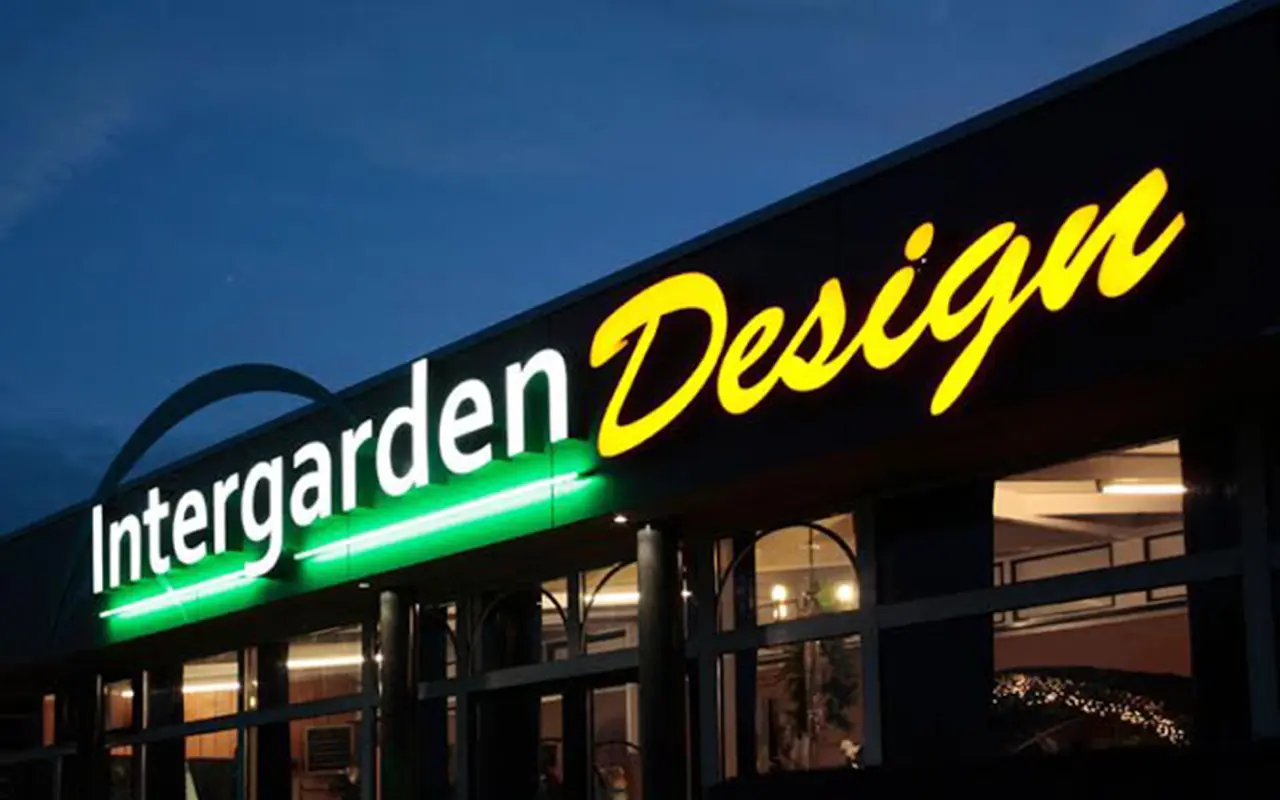
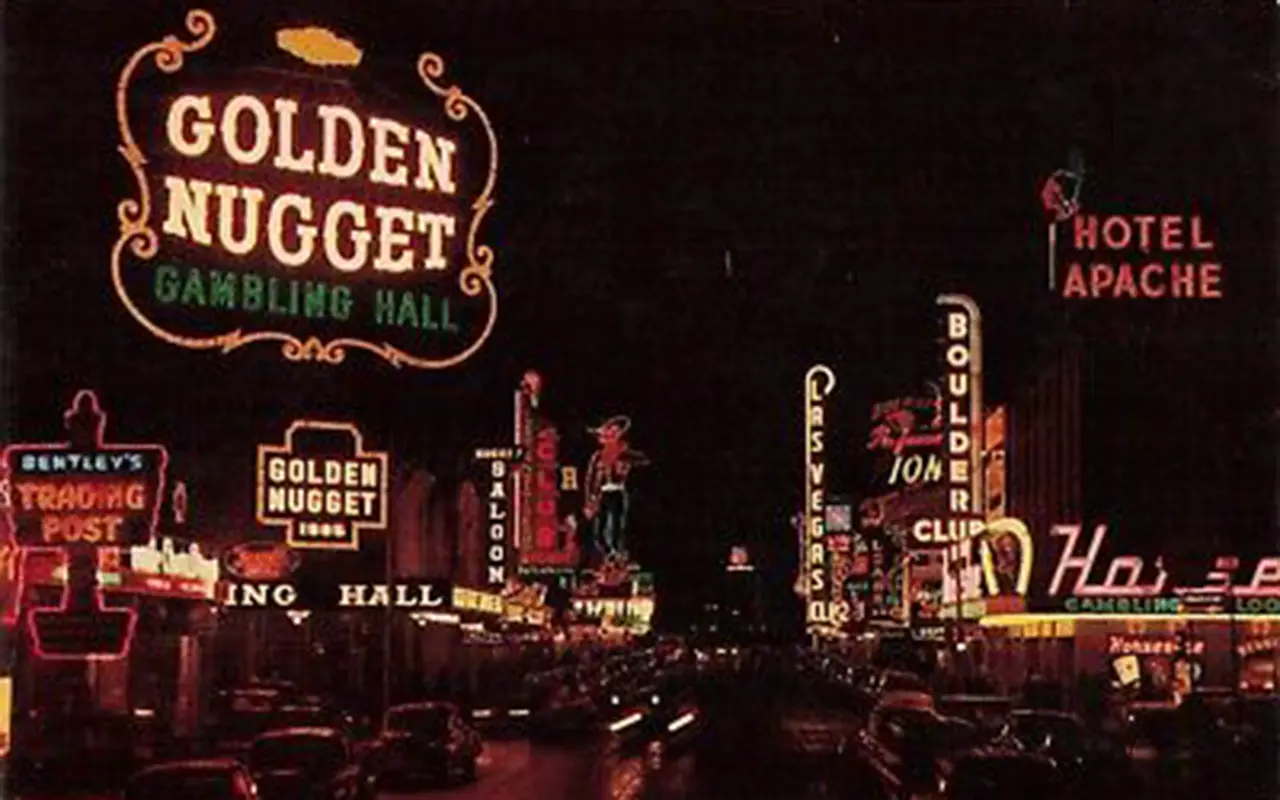

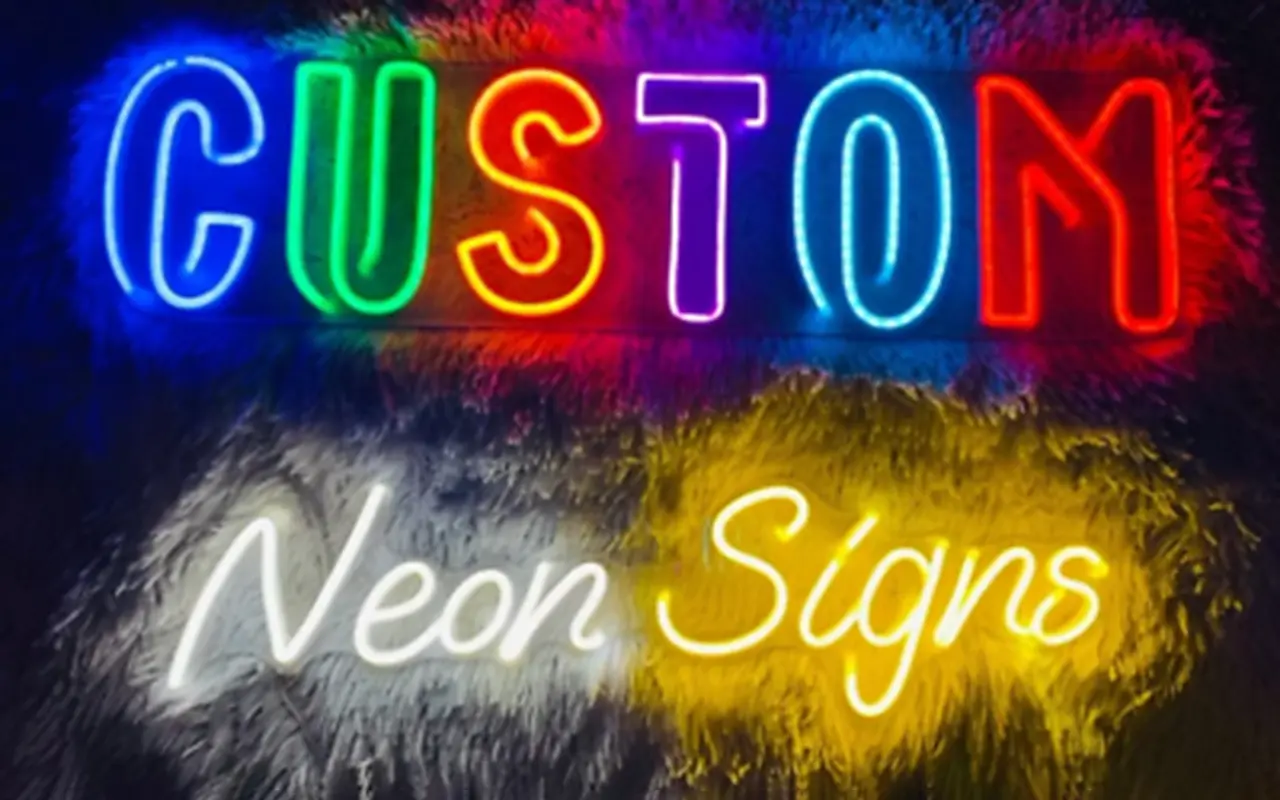

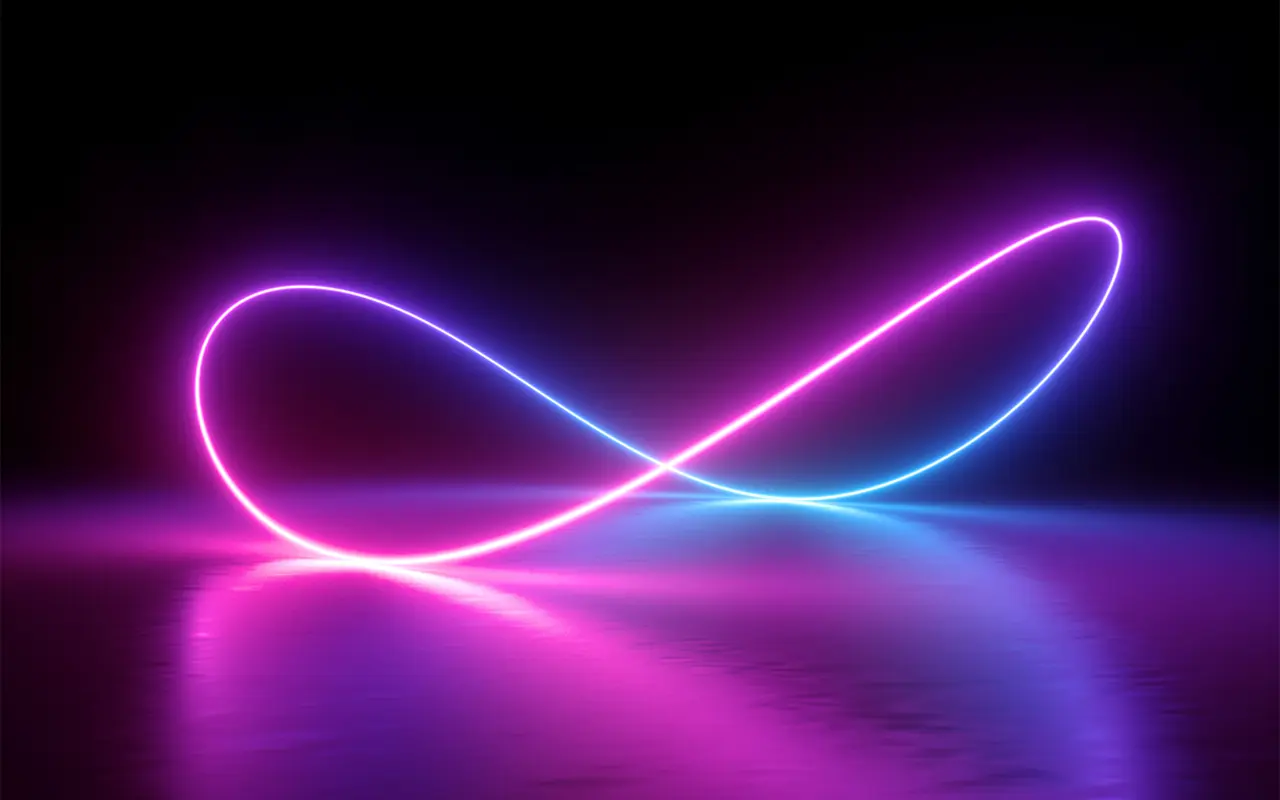
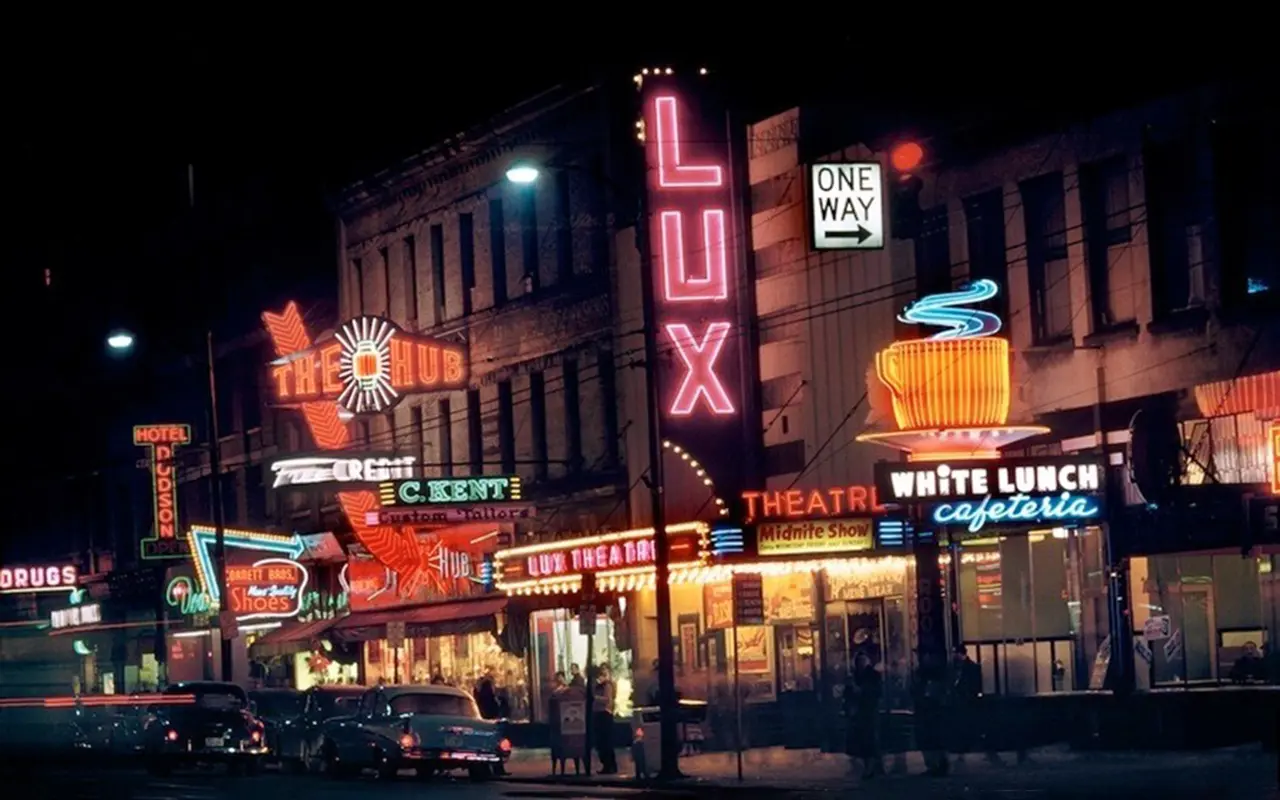
Dodaj komentarz
Chcesz się przyłączyć do dyskusji?Zapraszamy do udziału!